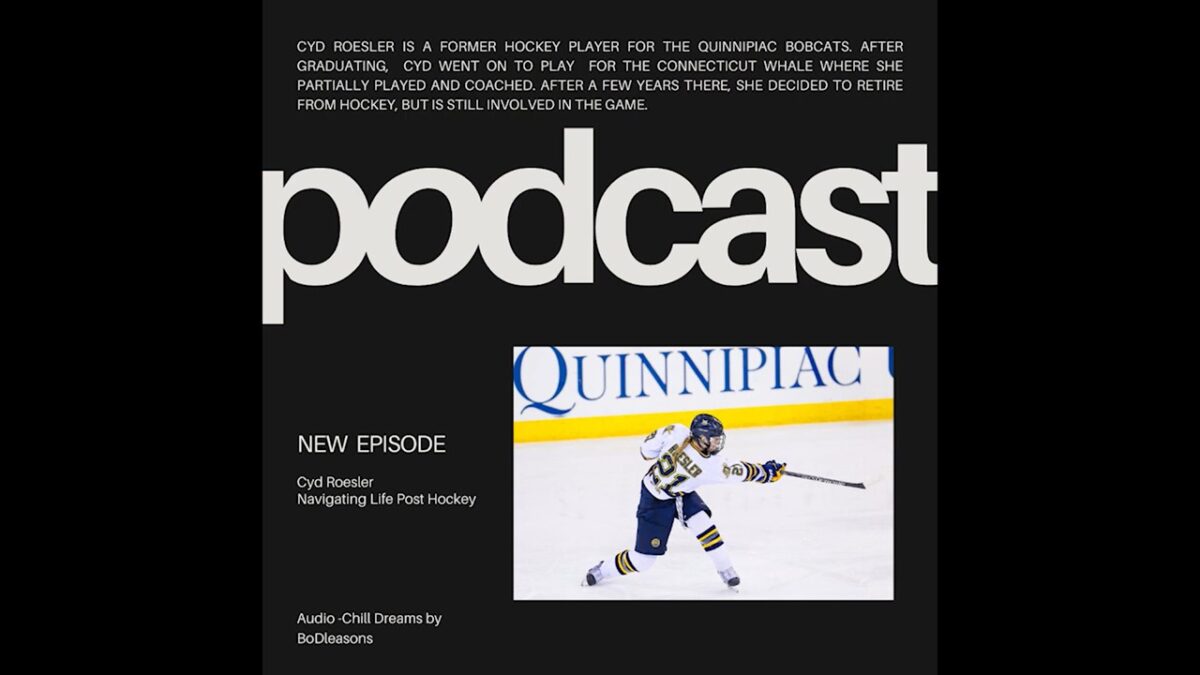The transition from being an athlete to not being an athlete is difficult, especially for hockey players. Hockey is a year-round sport. The season starts late August, and if players are successful, it can continue all the way through May. The few months that a hockey player has “off”, are not actually off. They are training, rehabbing and skating. It is far too competitive to take a break. To be a competitive hockey player, athletes typically begin playing incredibly young. It’s a sport that you grow up with, a sport that consumes your life, so what do you do when it ends? When there is no more hockey left to play?
Becoming a college athlete is extremely difficult. According to the NCAA, only 13.3% of high school athletes end up making it to a division 1 school. Those who are lucky enough to have the opportunity to compete in college usually finish their career there, as the odds of making it professionally are quite low. According to the NCAA, only 7.1% of men’s ice hockey players make it professionally after graduating. For women, the odds are even lower. With only 42 picks in the upcoming PWHL draft, 26 women on a roster, 6 teams, and women from all over the world declaring themselves for the draft, the odds of getting a spot are low.
Navigating life after hockey is a tricky thing to accomplish, according to former Division one hockey player, Jackie Jarrell. Jarrell played for Mercyhurst University. Graduating in 2008, there were little to no options for her to continue playing post college. Jarrell was forced to quit hockey and look for other options. She ended up competing in 3 world championships for roller hockey, which happens to be a highly competitive sport in Canada. She now owns her own Strength and Conditioning gym in Blessington Ontario, works for the NHL and helps athletes of all ages achieve the goals she did not have the chance to.
“I didn’t have the opportunity to play in the PWHL since it didn’t exist back when I graduated, however if it did, I would have done anything in my power to play in it” Jarrell said.
Although hockey is a sport that most people wish they could play for longer, some people like Brent Hill, former Division III player at St Michael’s College became burnt out when he was just 19 years old.
“I did not really understand why I was burnt out. My team has won championships, but I felt as if I just needed to work and support myself. It was not until I fully removed myself from the sport that I realized I was too young to be done and found myself back in the game” Hill said.
After taking some time off from hockey, Hill found himself back in the game. Hill grew up in St Albert, Alberta. A town that prides themselves on hockey. Growing up, Hill had opportunities to play at various Division 1 schools but ended up at St Michael’s College. After graduating, Hill decided he always wanted to be involved in the game somehow. This led him to becoming an Assistant coach for the Quinnipiac Women’s Hockey team and helping as an Assistant Coach for Team USA in various world championships.
The three podcast episodes below provide other personal examples of how players navigated life after hockey.
Navigating Life After Hockey: Episode 1 with Cyd Roesler
Navigating Life After Hockey: Episode 2 with Zeph Hlapcic
Navigating Life After Hockey: Episode 3 with Hanna Bunton

